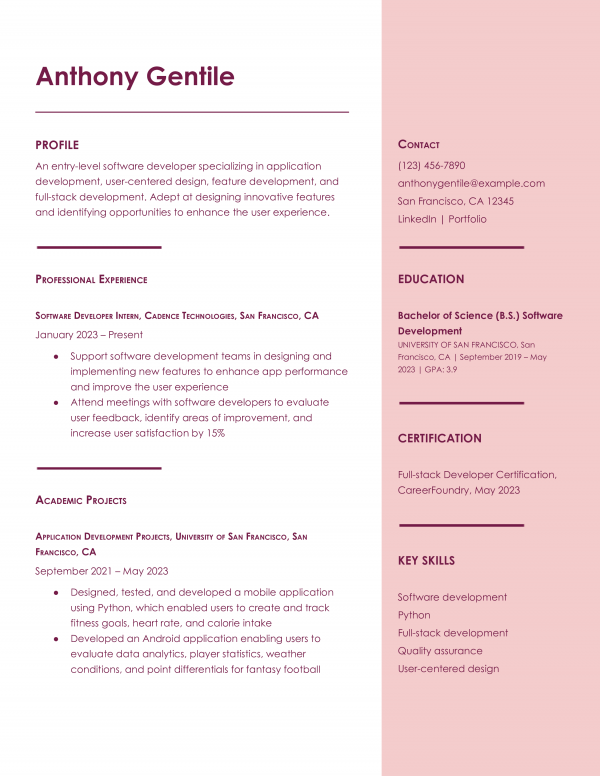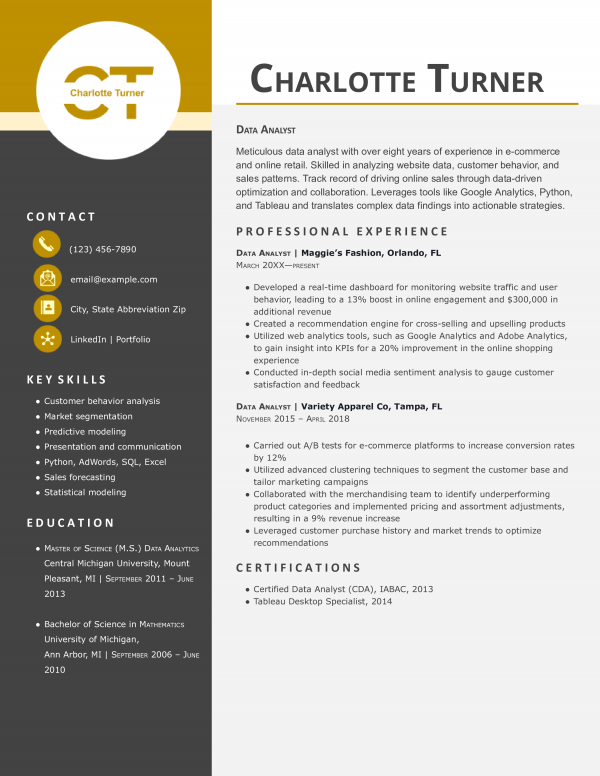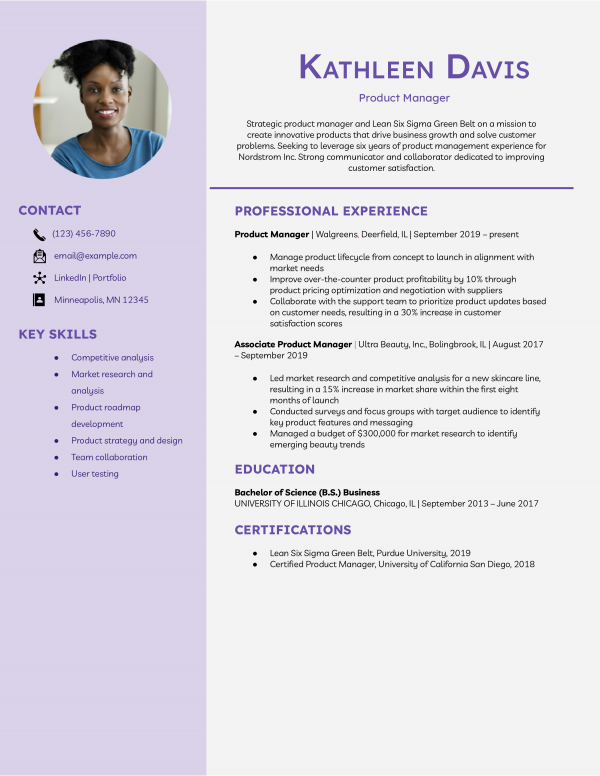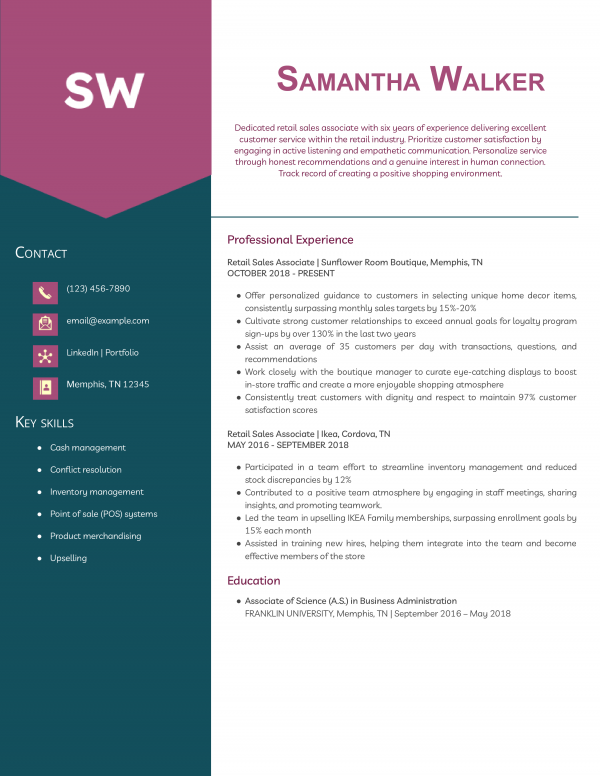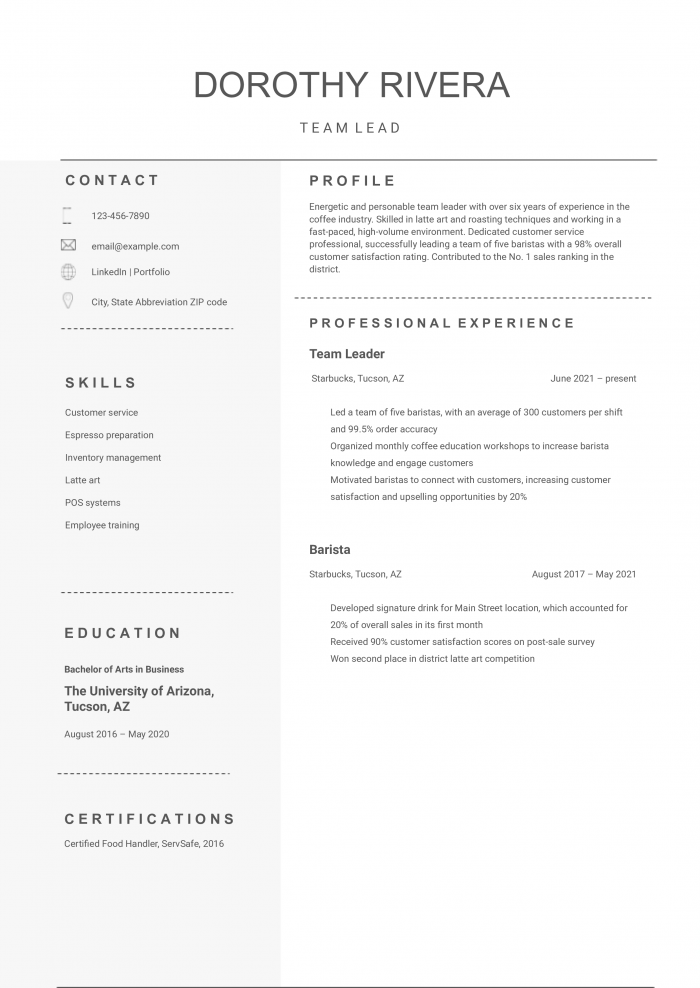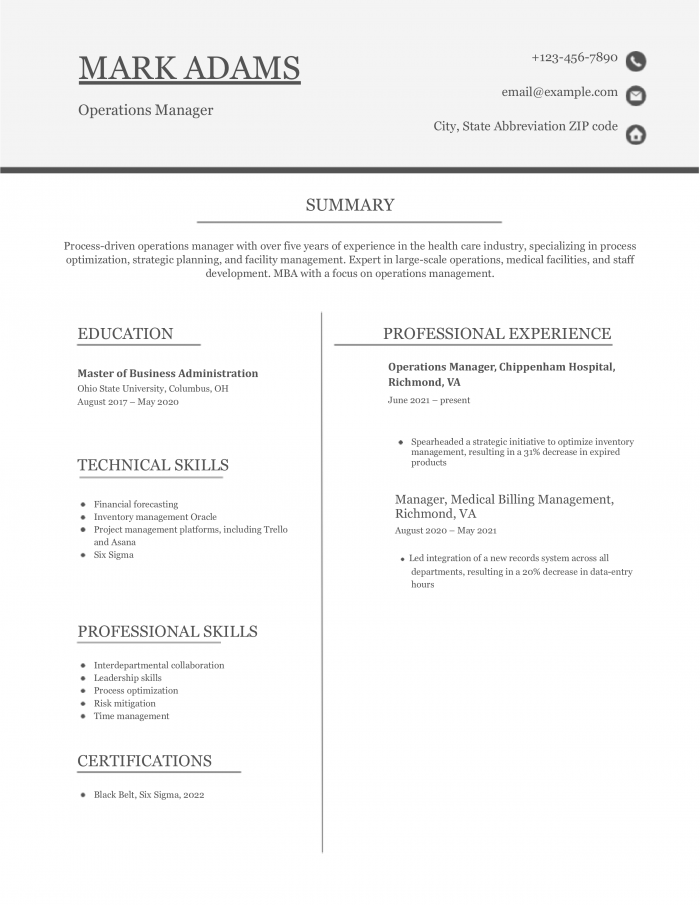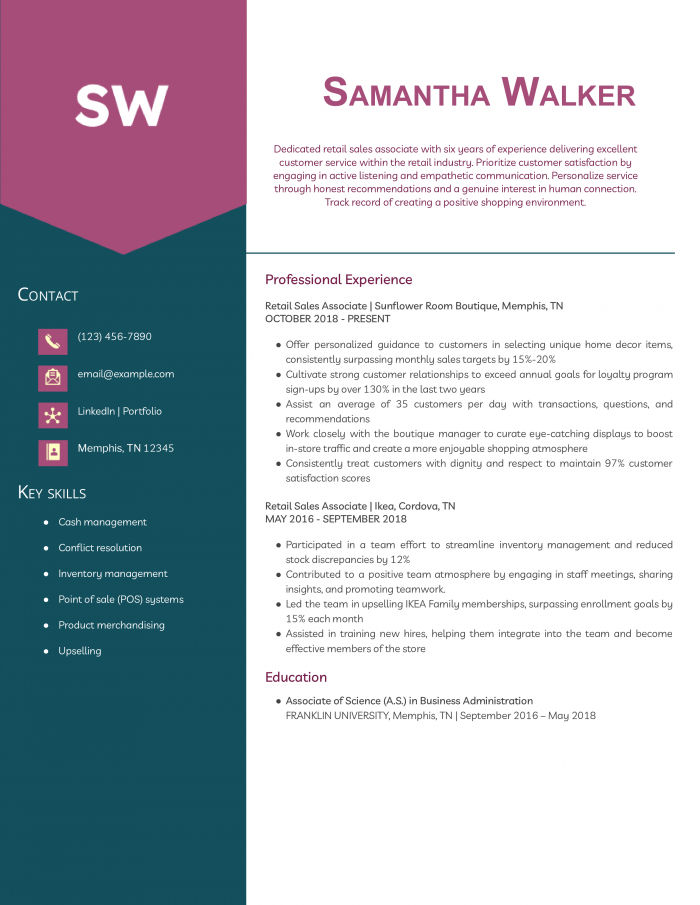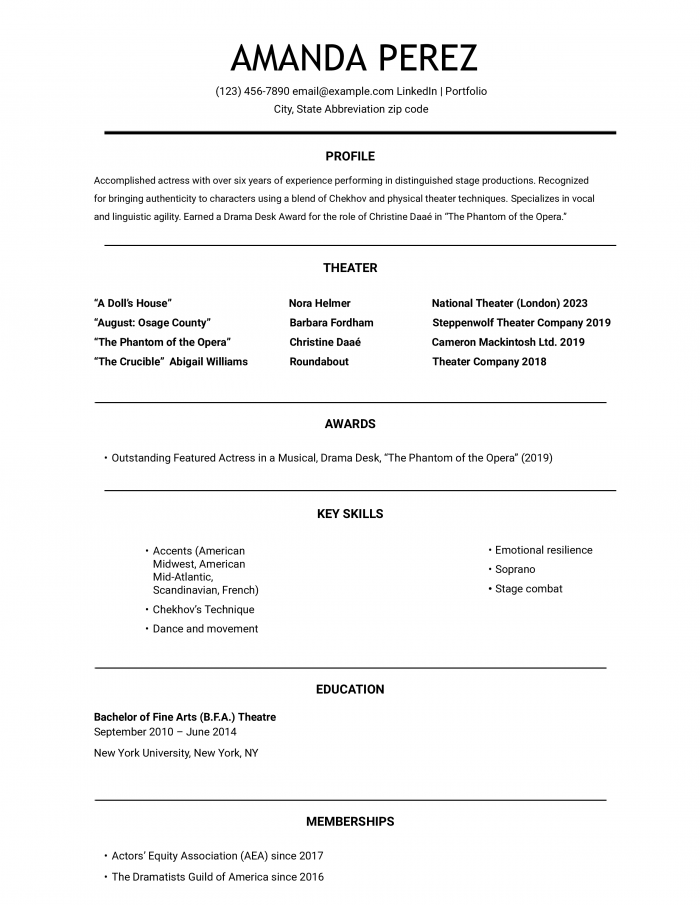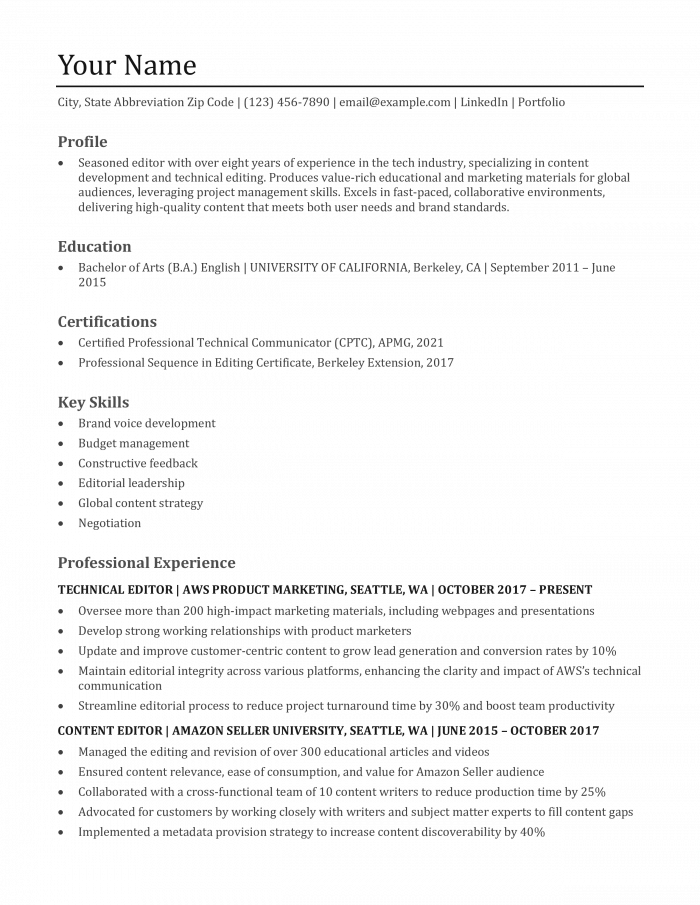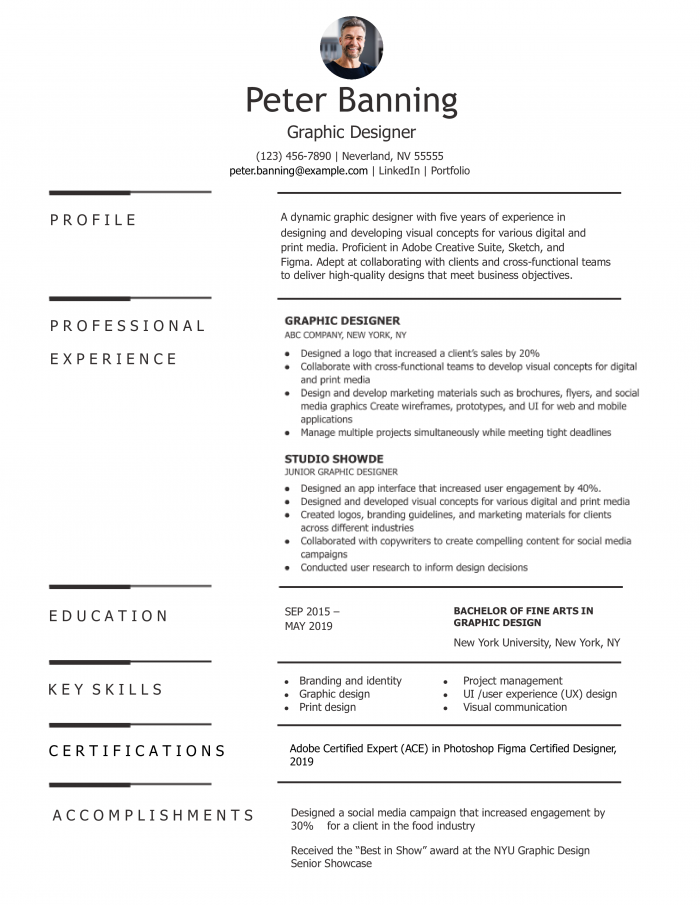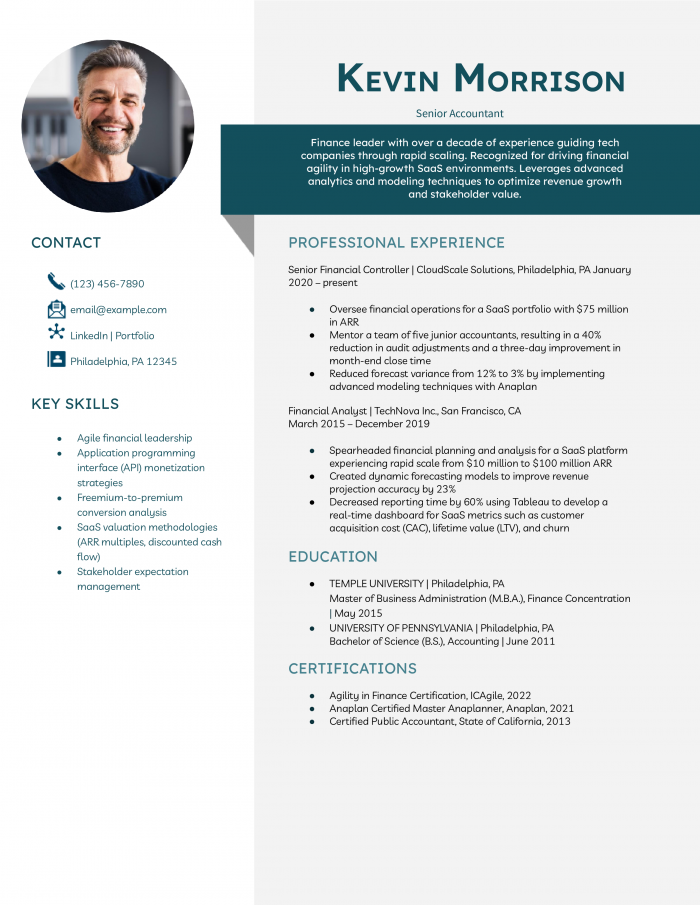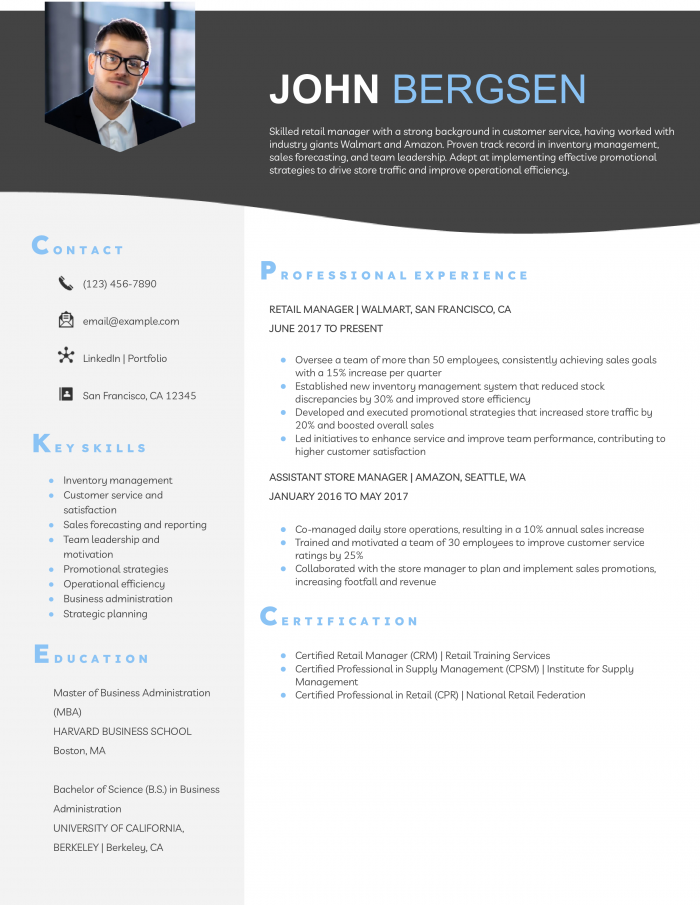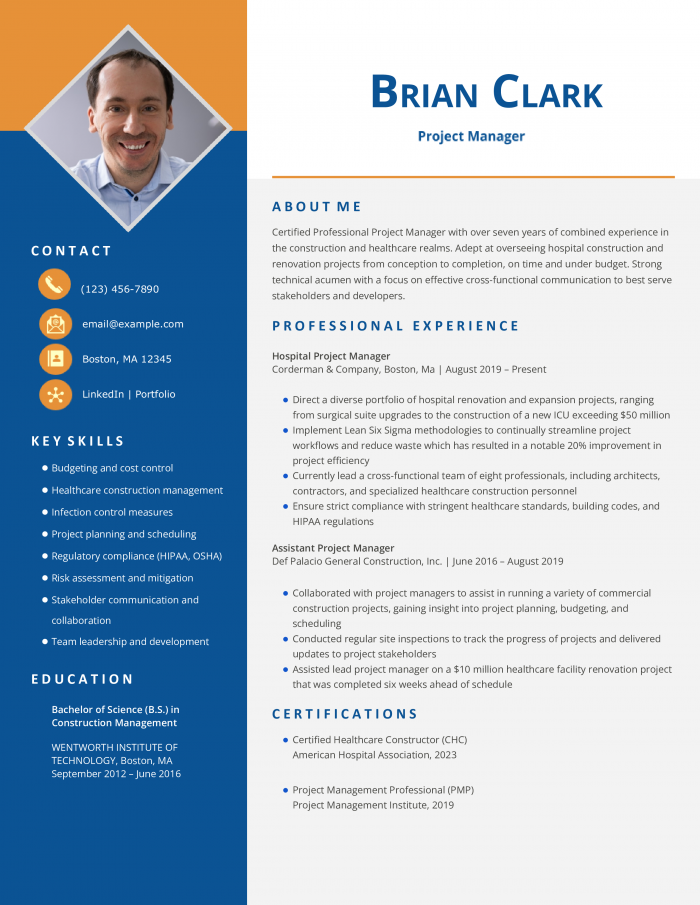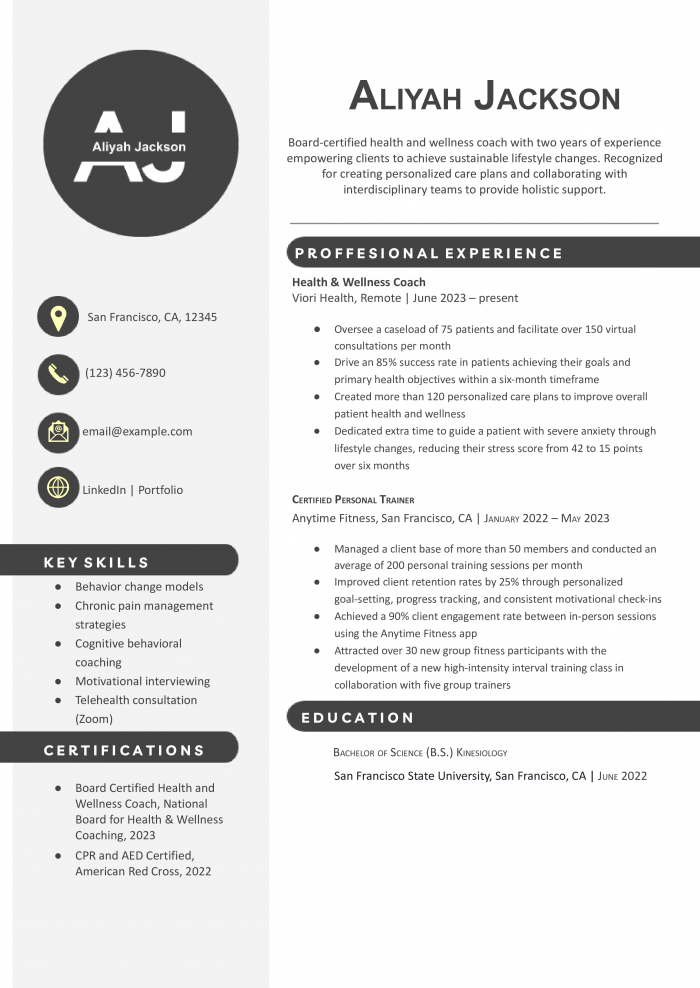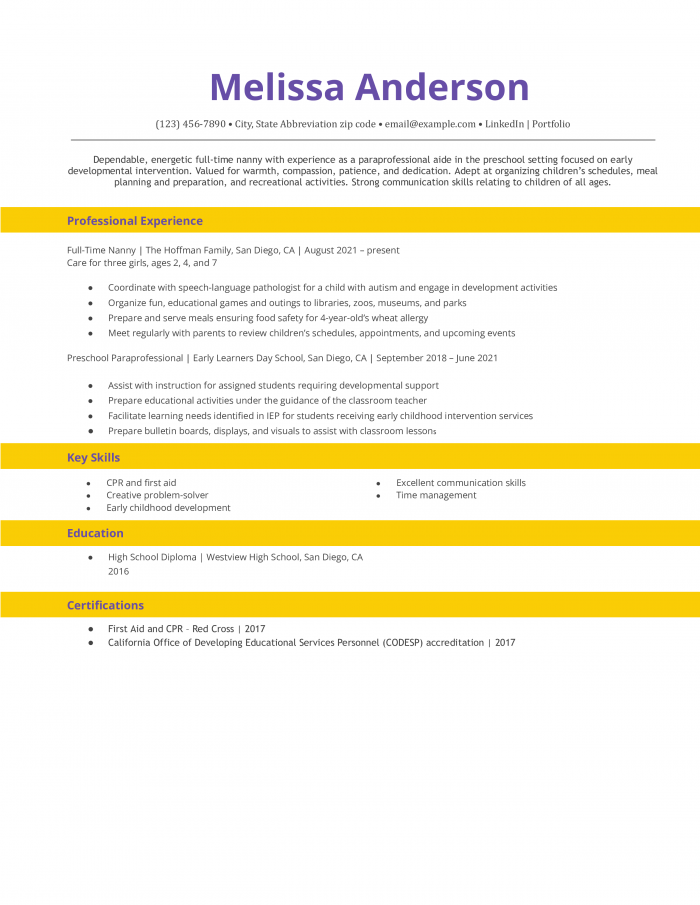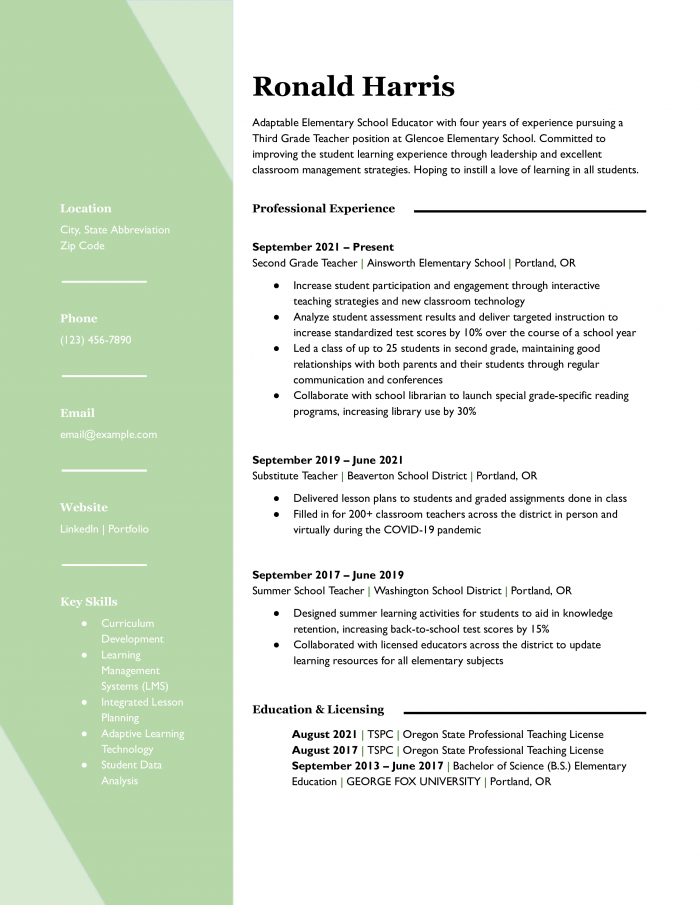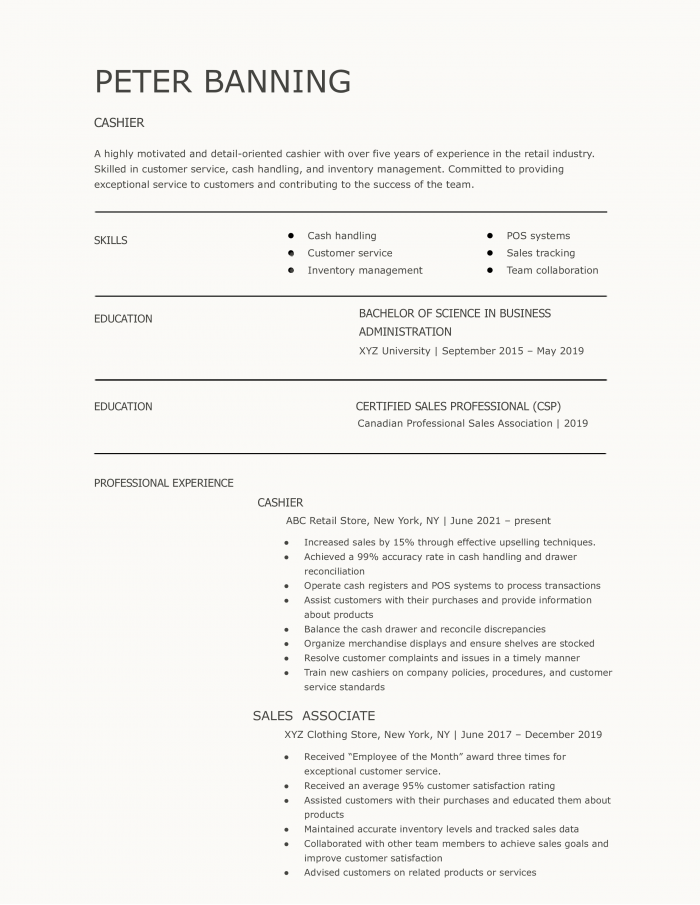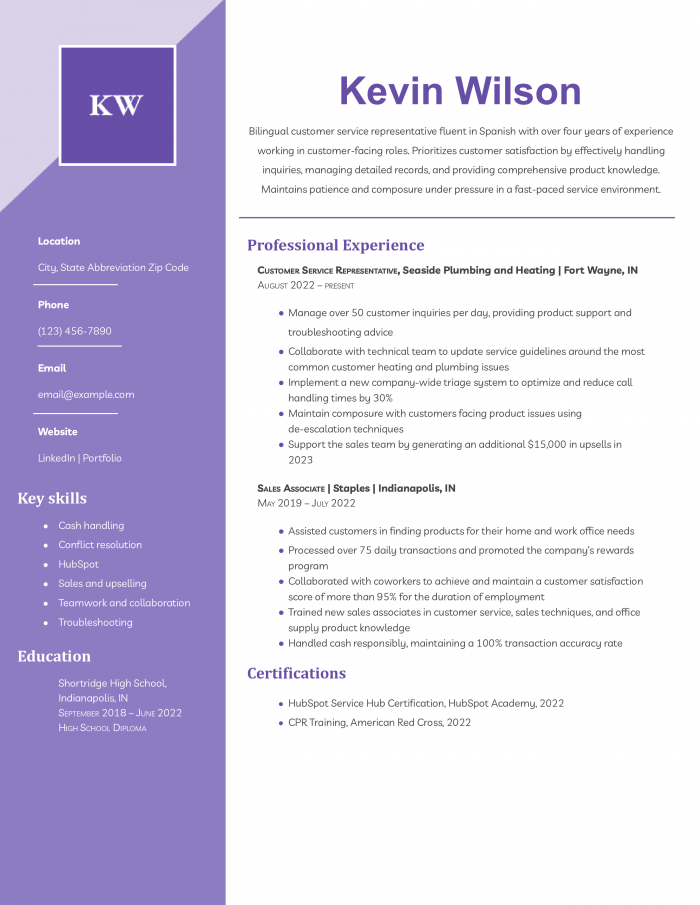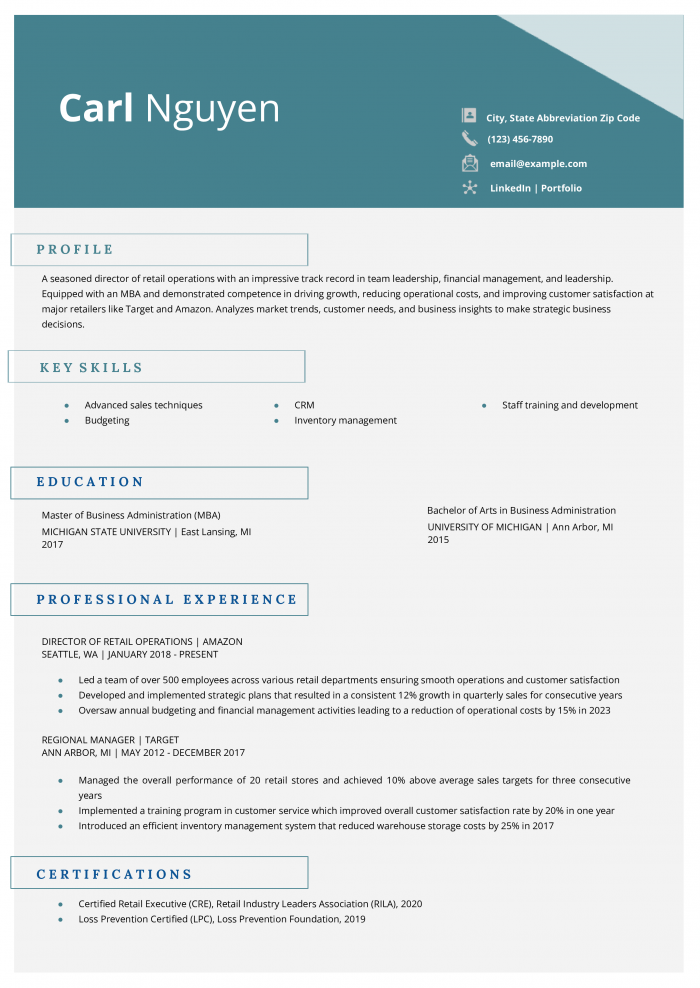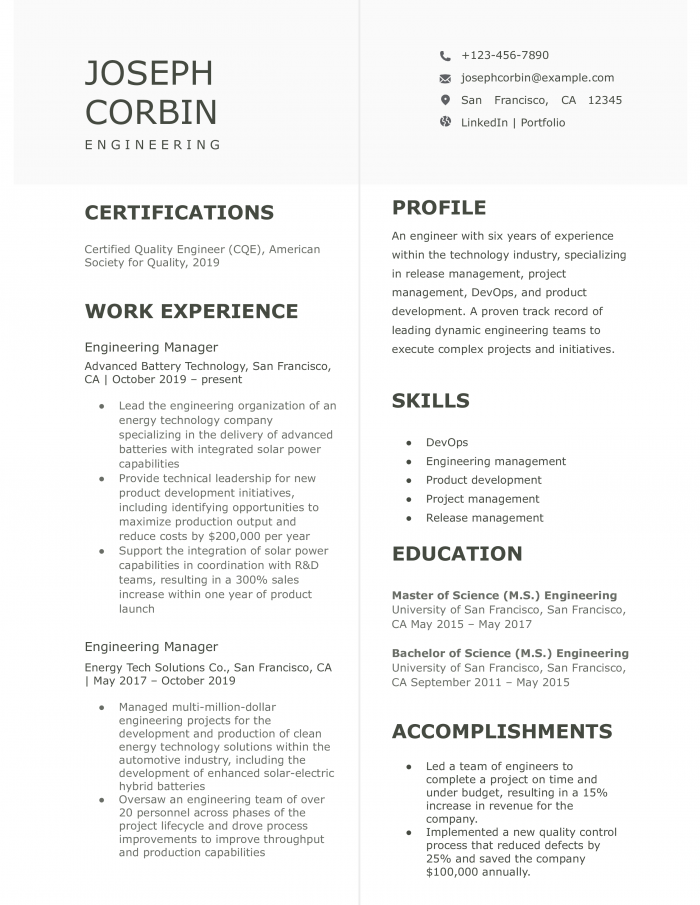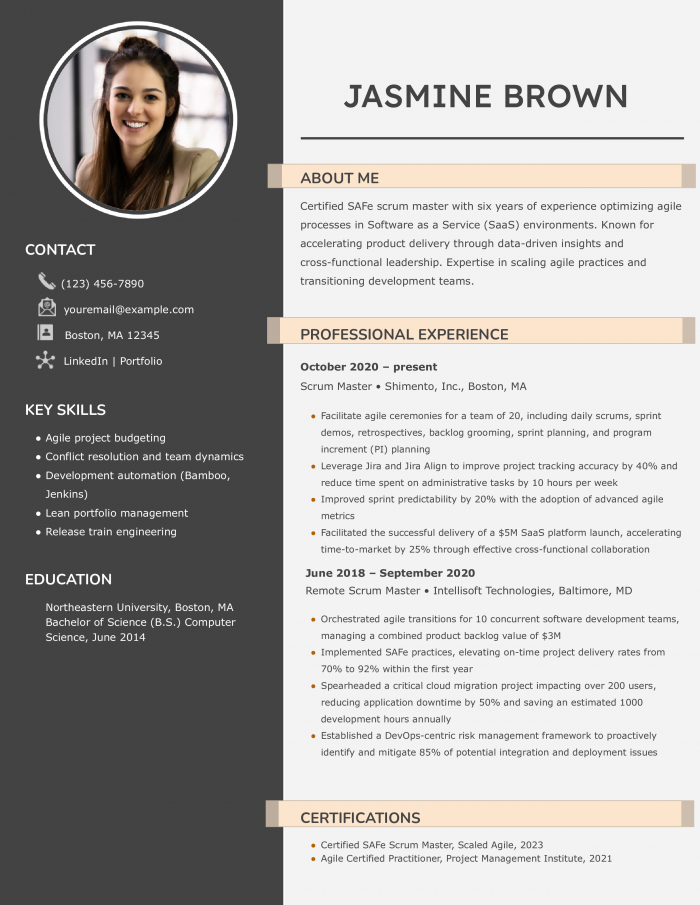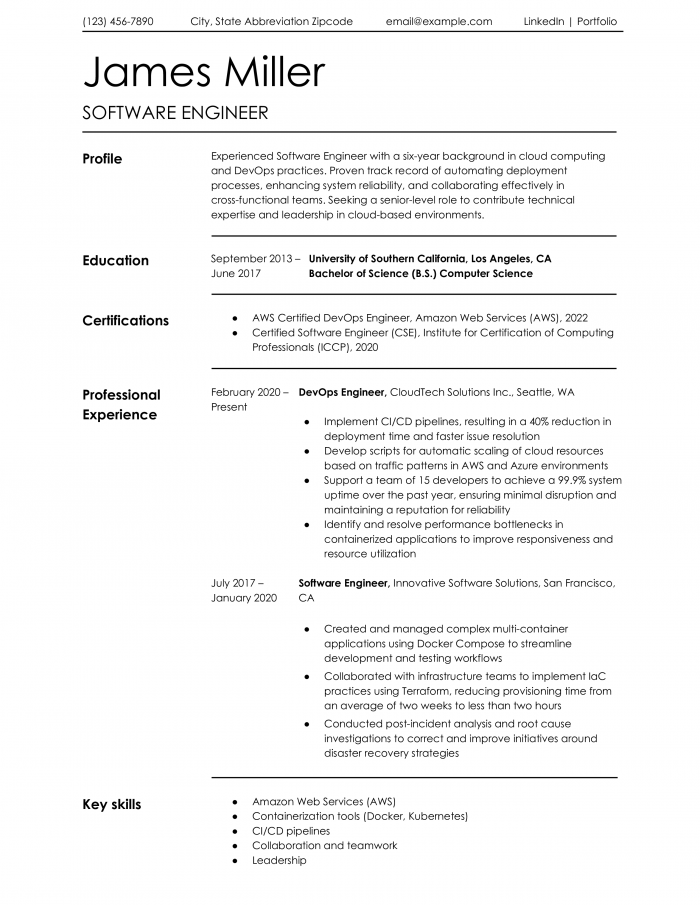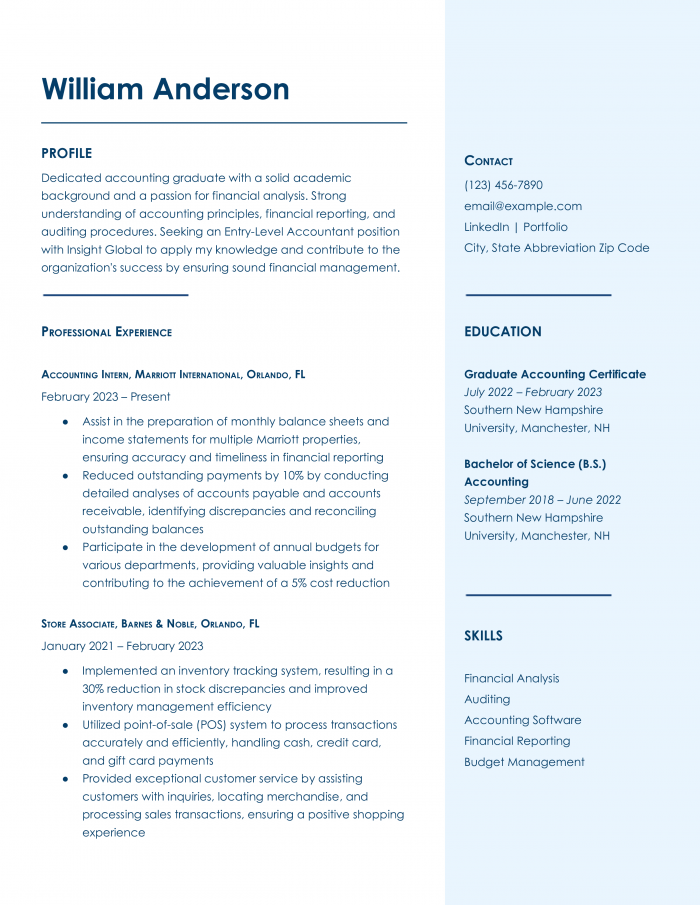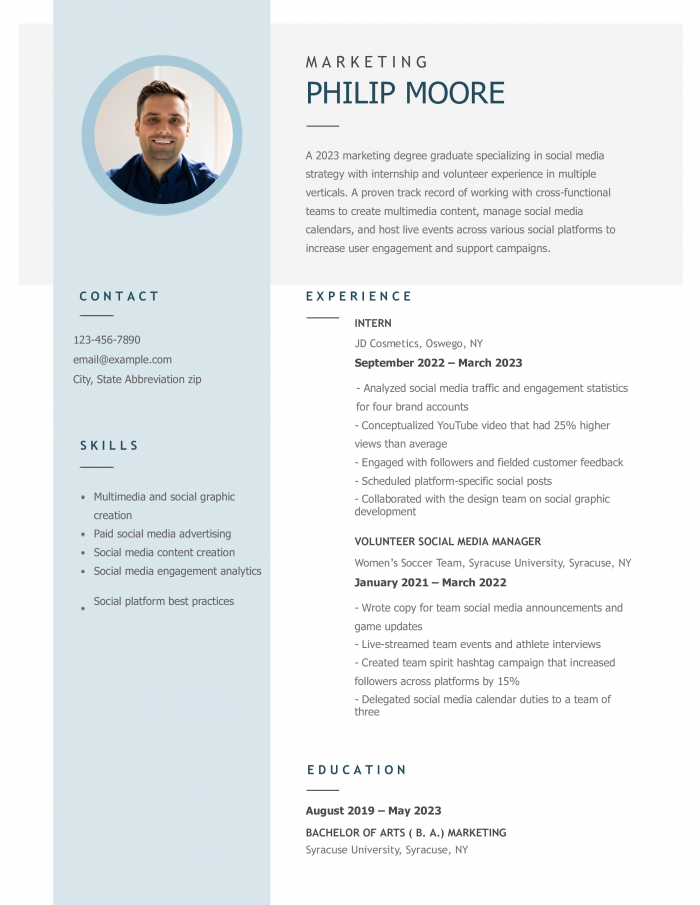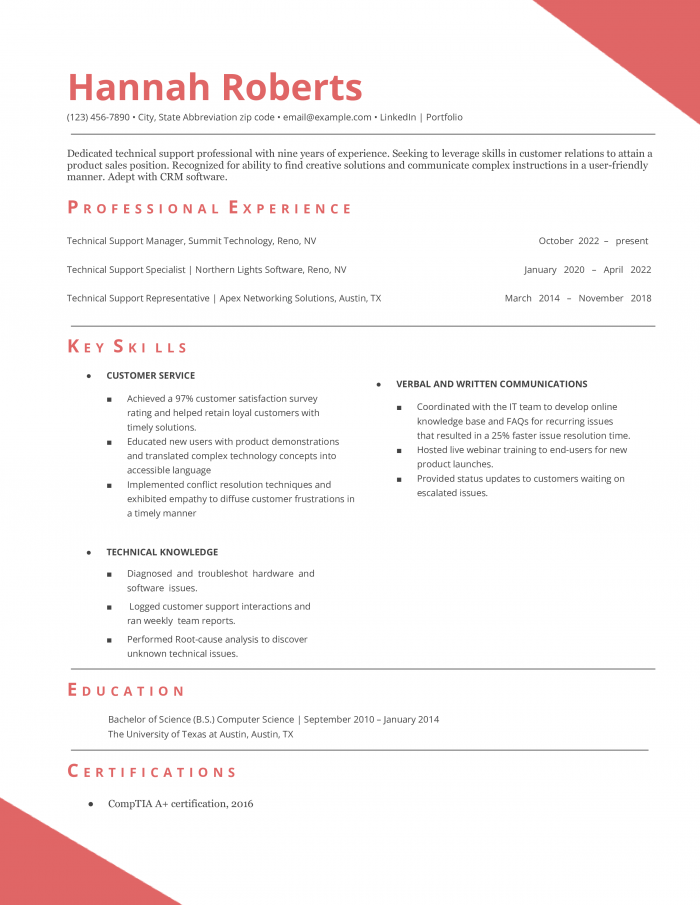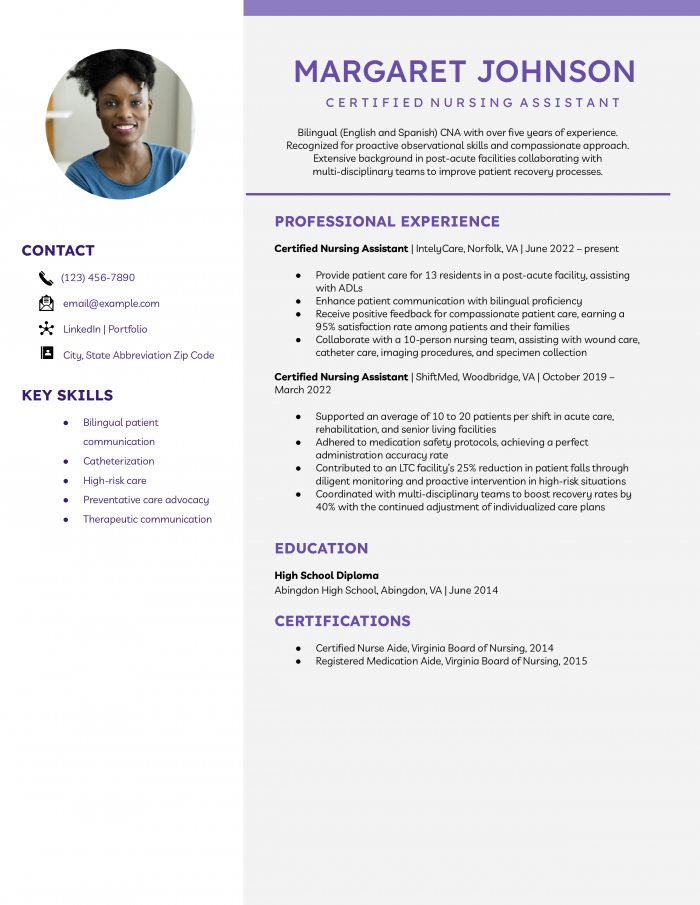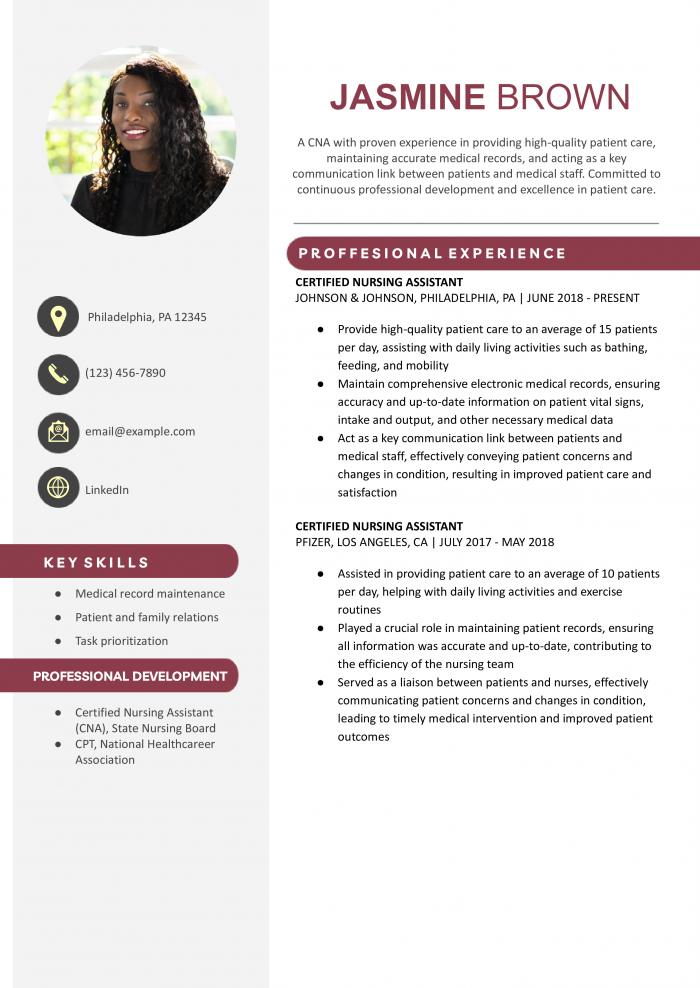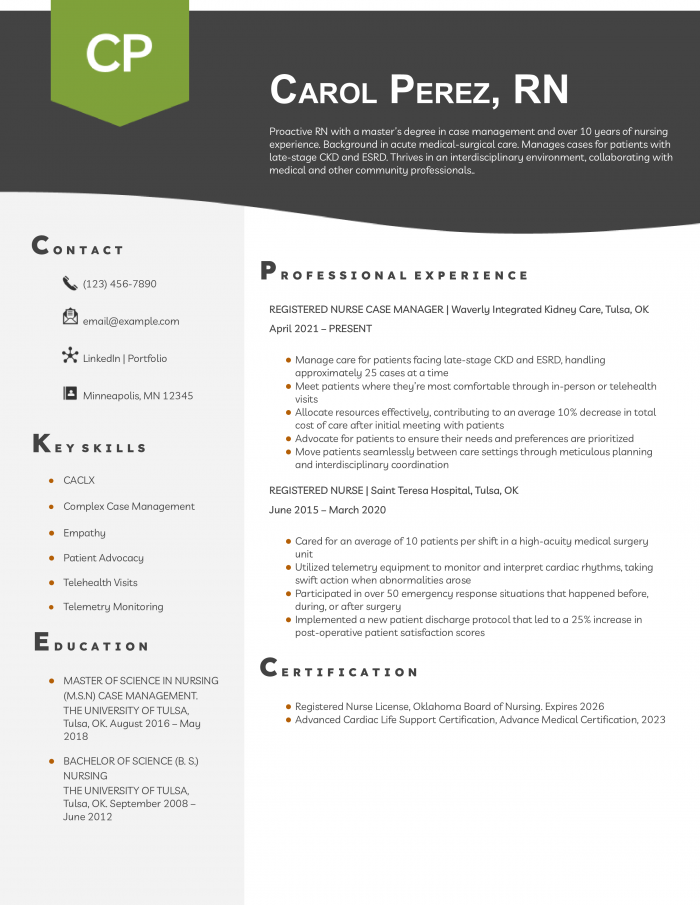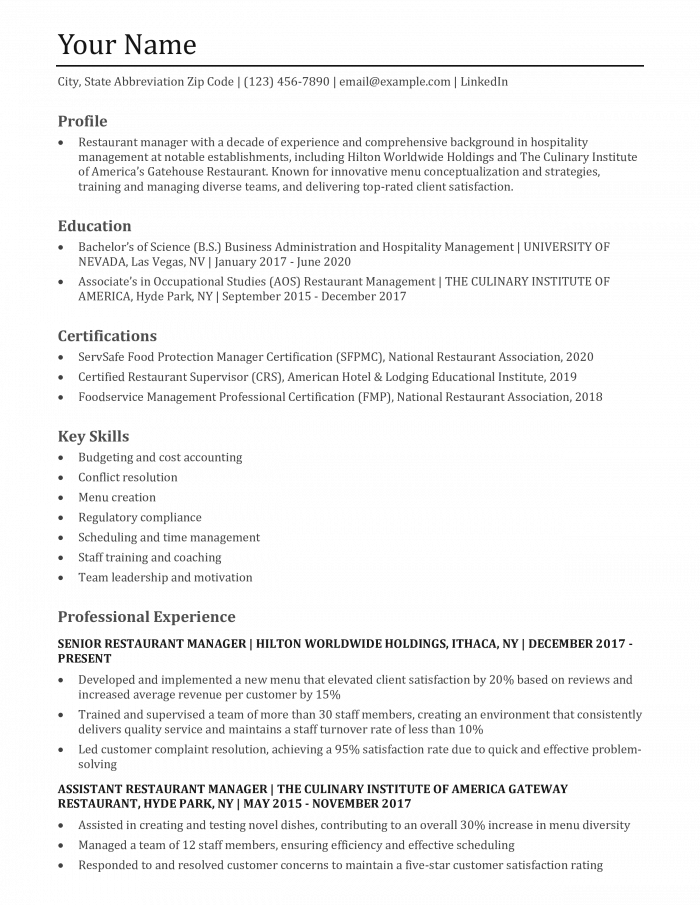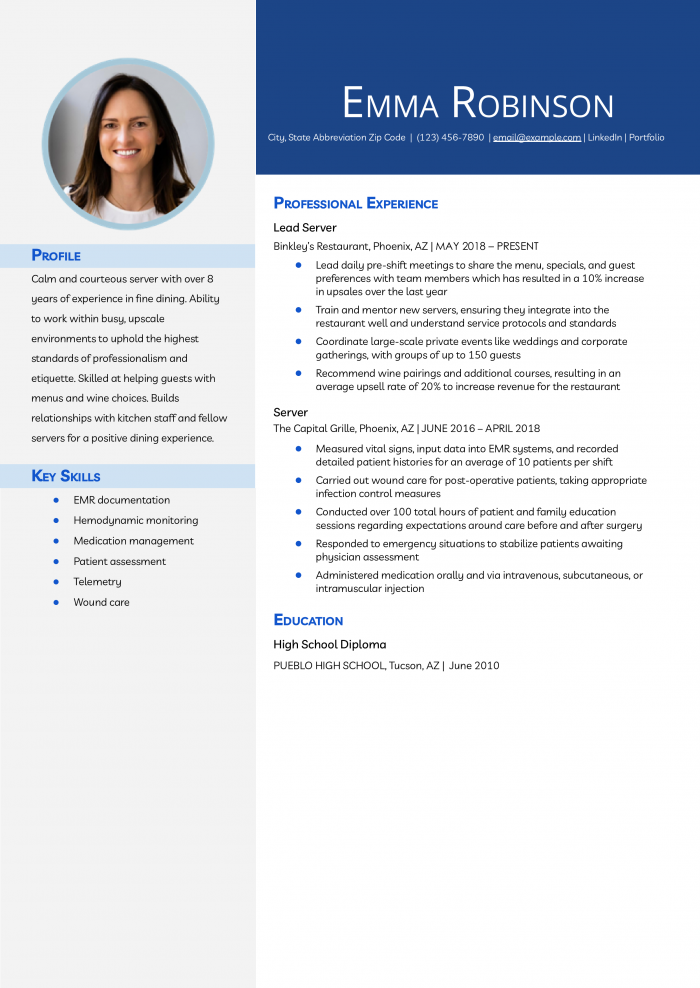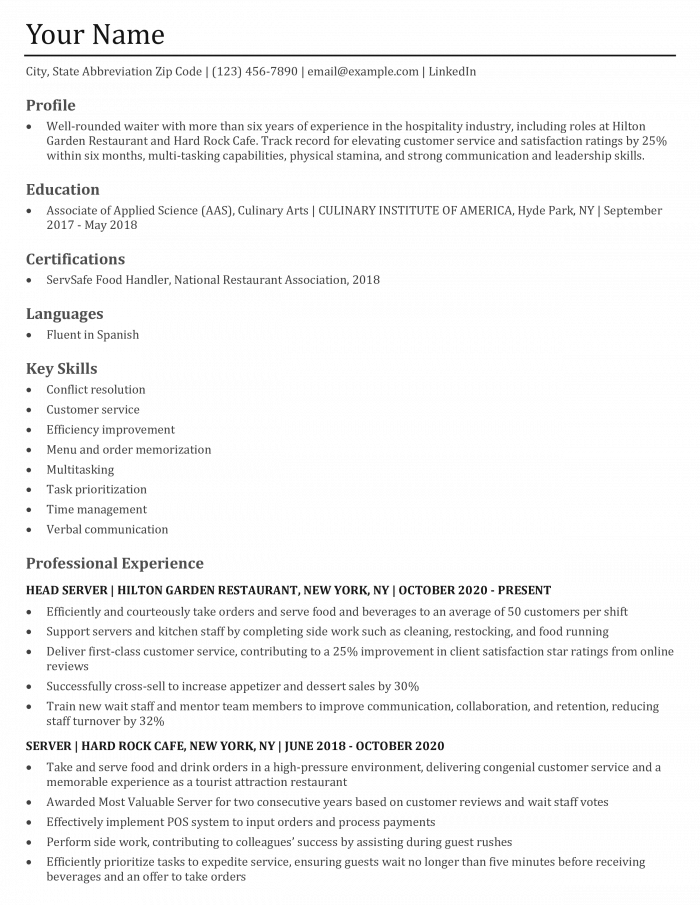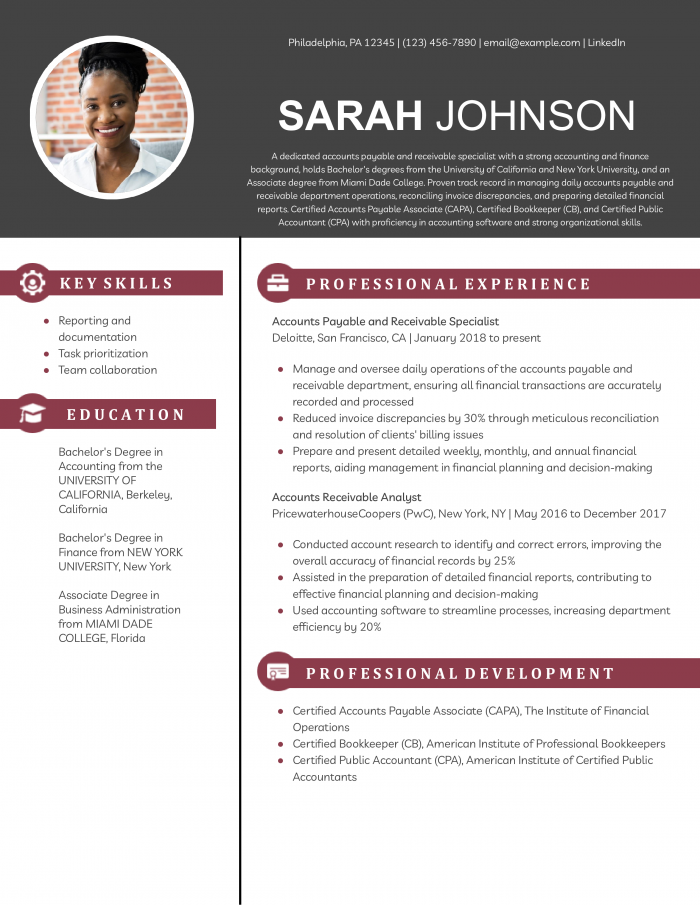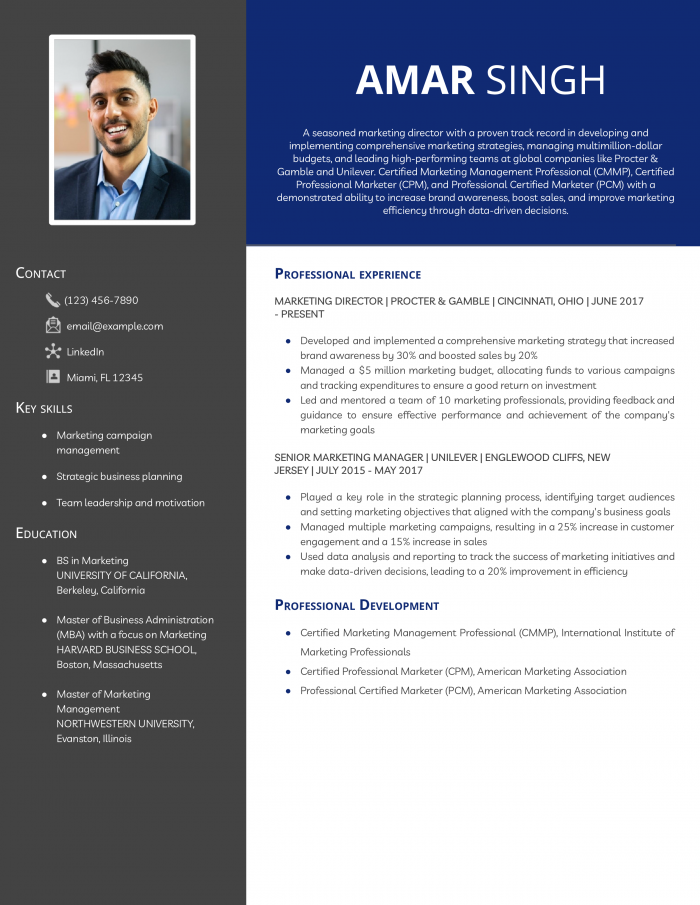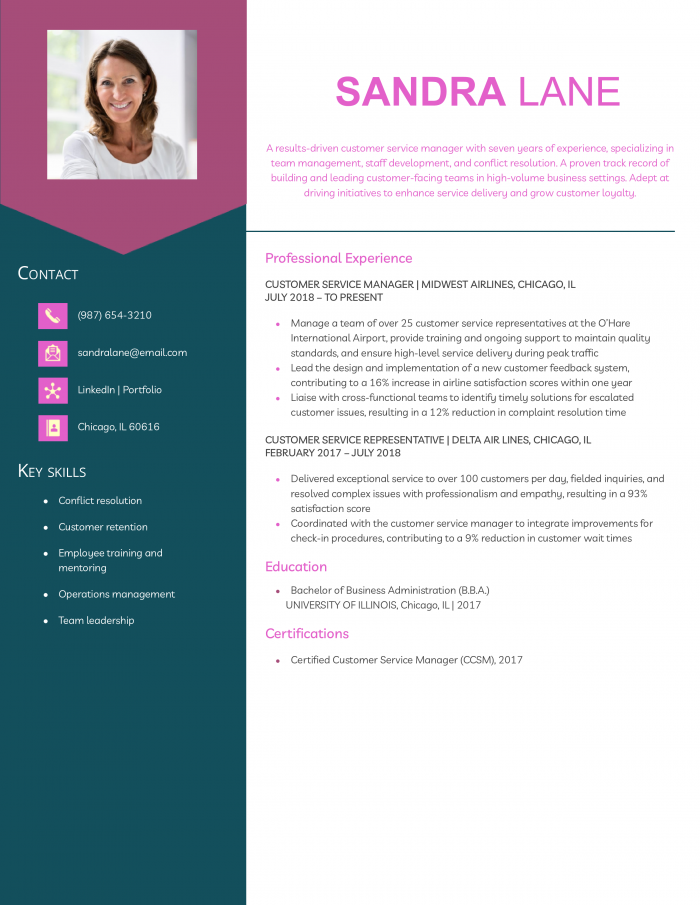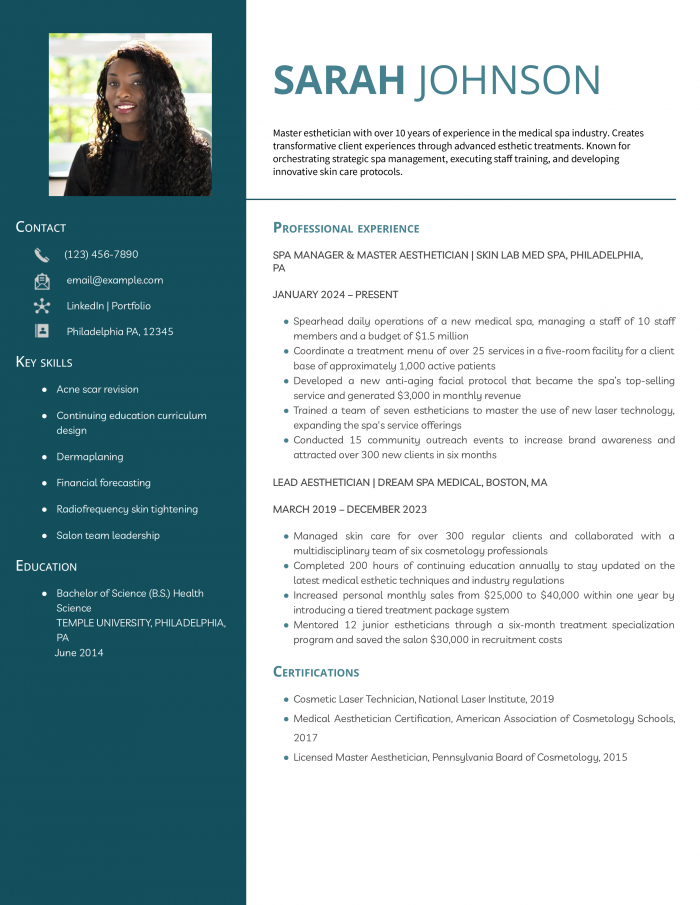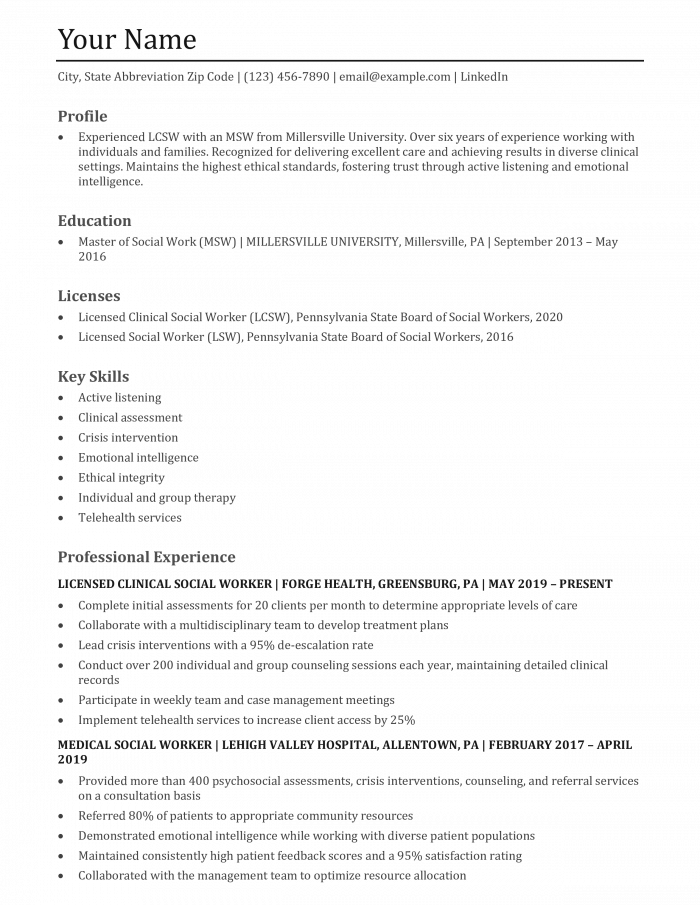Pick one of many world class templates and build your resume in minutes
Standing out in a competitive job market means writing a resume that exceeds the expectations of potential employers. With our expert resume templates, you can write your resume confidently, backed by the knowledge of executive recruiters and career coaches. Whether you’re looking for basic, modern, professional, or creative resume templates, our various resume examples are tailored to suit every career level and industry.
Use our expert examples as a guide to craft a resume that not only looks professional but is also optimized for applicant tracking systems (ATS), increasing your chances of landing your ideal position in 2025.
Most Popular Resume Templates
Down Arrow- General Format
- Arts and Media
- Business and Management
- Child Care and Education
- Customer Service
- Engineering and Technology
- Entry-Level and Student
- Health Care
- Restaurant and Hospitality
- Sales and Marketing
- Service Professionals
General Format Resume Examples
Whether you’re applying for similar roles in multiple industries or you’re looking to make a leap to a new field, general resume templates can help you craft a resume that will work for your specific needs.
Arts and Media Resume Examples
While many creative roles require a portfolio, a resume still serves as the initial introduction to your skills and experience. These templates help you showcase your creative skills and stand out from the crowd.
Business and Management Resume Examples
The competitive world of business requires an equally competitive resume. Find the right template to help you professionally showcase your skills and stand up to the competition.
Child Care and Education Resume Examples
When applying for child care roles, you need to show your experience and your certifications. Additionally, child care resumes often include references because they play a key role in the hiring process.
Customer Service Resume Examples
Customer service roles exist in nearly every industry. These candidates will be at the forefront of the customer experience. To craft your resume, choose a template most closely related to the field you are applying for and start brainstorming by writing down your skills and how you’ve improved customer satisfaction in past roles.
Engineering and Technology Resume Examples
Engineering and technology resumes should showcase your capabilities with complex systems, specific technologies, and applied math and science knowledge. Be sure to include your certifications and software skills on your resume.
Entry-Level and Student Resume Examples
Creating a resume before you have formal experience may seem impossible, but these templates will help you figure out how to translate the skills and knowledge you have into a useful resume for landing that first job or applying to your dream college.
Health Care Resume Examples
Health care includes a wide variety of specialties that require different levels of education, unique certifications, and specific experience. Use these templates to learn more about formatting a health care resume for your specific specialty and career path.
Restaurant and Hospitality Resume Examples
Hospitality and food service has a lot of cross-over with customer service roles. These resume templates will help you showcase your skills and experience working with both people and food.
Sales and Marketing Resume Examples
The dynamic world of sales and marketing is all about connecting with people and presenting products or services in compelling ways. Whether you're aiming to excel as a sales associate on the front lines or engage audiences as a social media manager, your resume needs to reflect your ability to communicate effectively and drive results. Use our curated resume templates to showcase your skills in creating relationships, understanding customer needs, and executing strategic marketing campaigns.
Service Professionals Resume Examples
For service professionals with specific skills, such as electricians, flight attendants, truck drivers, and pilots, your resume must go beyond just listing job duties to emphasize specialized training, certifications, and hands-on experience. Our resume templates cater to the unique needs of these professions, helping you to highlight your expertise in safety protocols, technical proficiency, and exceptional customer service.
Resume Templates offers free, HR approved resume templates to help you create a professional resume in minutes. Choose from several template options and even pre-populate a resume from your profile.
Resume Templates FAQ
Choose a resume template that aligns with your industry, career level, and personal style. Make sure you consider the layout, format, and particular information that's essential to highlight. You can find the right match on Resume Templates by searching for your industry and job type.
You can download our resume templates and customize your text by adding, deleting, or rearranging sections to better reflect your skills, experiences, and achievements. Find a resume template that suits your industry, career level, or desired format, then use our resume builder to create your resume.
Yes. Tailoring your resume is one of the best ways to get more interviews. Look at the job posting to identify what the employer is seeking. Specifically, find important words or phrases to use in your profile and key skills sections. Some postings may even tell you what they want to see in a resume.
Yes. Resume Templates has nearly 100 free resume examples and templates. Use these examples to get expert advice on what you should - and shouldn't - include in your resume, such as common key skills and action verbs for your desired job.
Using a professionally designed template and following our expert advice can significantly improve your resume's quality. A well-crafted resume is more likely to catch the attention of hiring managers and make a strong impression, increasing your chances of getting called for an interview.
Resume Templates offers a wide variety of free resume templates, including modern, professional, creative, and simple designs. You can choose a free resume template that's a perfect match for your career needs, choosing from various industries and job levels, from entry-level positions to executive roles. Simply use the filters for style, job, colors, and whether you want an ATS-friendly template so you can find your ideal free resume template.
Yes, Resume Templates has free resume templates. You can download a resume template free as a PDF, DOCX, or Google Docs file.
To choose the best resume template for your industry, consider the standard practices and expectations within your field. For more traditional industries like finance or law, a professional and clean template may be ideal. In creative fields, you might opt for a template with more unique design elements. Our free resume templates are categorized by industry to help you find the best fit easily.
Absolutely! All of our resume templates are fully customizable, allowing you to tailor the design, layout, and content to suit your specific needs. You can adjust colors, fonts, and sections to create a resume that truly reflects your personal brand and professional experience.
Yes, Resume Templates provides a variety of resources to help you craft a strong resume, including resume writing guides, tips for tailoring your resume to specific jobs, and examples of well-written resumes. These resources are designed to assist you in creating a resume that stands out to potential employers.
A resume template is a pre-designed structure that helps you organize your work experience, education, and skills in a visually appealing and professional manner. Using a resume template can save you time, ensure your resume is formatted correctly, and help you avoid missing important sections. Additionally, a resume builder can provide the flexibility to tailor your document for specific job opportunities, ensuring that your resume stands out to hiring managers.
Yes! Our professional resume templates are designed with attention to detail, ensuring they are visually appealing and compliant with industry standards. Whether you're applying for a creative job or a more traditional position, our templates help you present your qualifications in the most professional way. They include key sections such as work experience, education, and skills in formats that work for job seekers in any industry.
A resume format refers to your resume's overall structure or layout (i.e., chronological, functional, or combination). In contrast, a resume template is a pre-designed structure within a specific resume format that helps organize your information. The template ensures that your resume looks professional, while the format ensures your information is presented in the most effective way.
Yes, our resume examples are fully customizable. You can adjust them to suit your personal information, job experiences, and qualifications. Whether you are looking for a creative resume template to highlight your design work or a traditional format for a business role, our templates allow you to personalize each section to fit your needs.
A resume builder is an excellent tool for job seekers looking to quickly create an impressive, professional resume. It offers guidance on formatting, content, and structure, making the process easier and faster. A resume builder can help you customize your resume to align with specific job descriptions, allowing you to highlight the most relevant skills and experience for each opportunity.
Yes, we offer a variety of creative resume templates tailored for designers, photographers, writers, and other creative professionals. These templates provide an opportunity to showcase your portfolio, skills, and creativity in a way that makes a lasting impression. Creative job resume templates are designed to allow for more artistic expression while still maintaining professionalism.
ATS-friendly resume templates are designed to ensure that your resume passes through Applicant Tracking Systems (ATS). Many companies use these systems to screen resumes before they reach hiring managers. An ATS-compatible template helps your resume get noticed by optimizing formatting and structure so it is easily read by these systems. Our templates are designed with this in mind to help increase your chances of landing an interview.
Yes! Our resume templates are designed to work for both digital and print submissions. If you're submitting your resume online, we recommend saving it as a PDF to preserve formatting. If you're printing it out, our templates will also ensure that it looks great on paper, ensuring a clean, professional appearance for in-person interviews.
Yes! All of our professional resume templates are mobile-friendly. With many recruiters and hiring managers reviewing resumes on mobile devices, it's essential that your resume is easy to read on any screen. Our templates are designed to ensure your resume looks great whether viewed on a desktop, tablet, or smartphone.
A resume builder offers several advantages over using a traditional word processor. It provides pre-designed resume templates, ensures proper formatting, and guides you through the resume-writing process with helpful tips. It's especially beneficial for job seekers who want to create a professional-looking resume without spending much time on formatting and structure.
